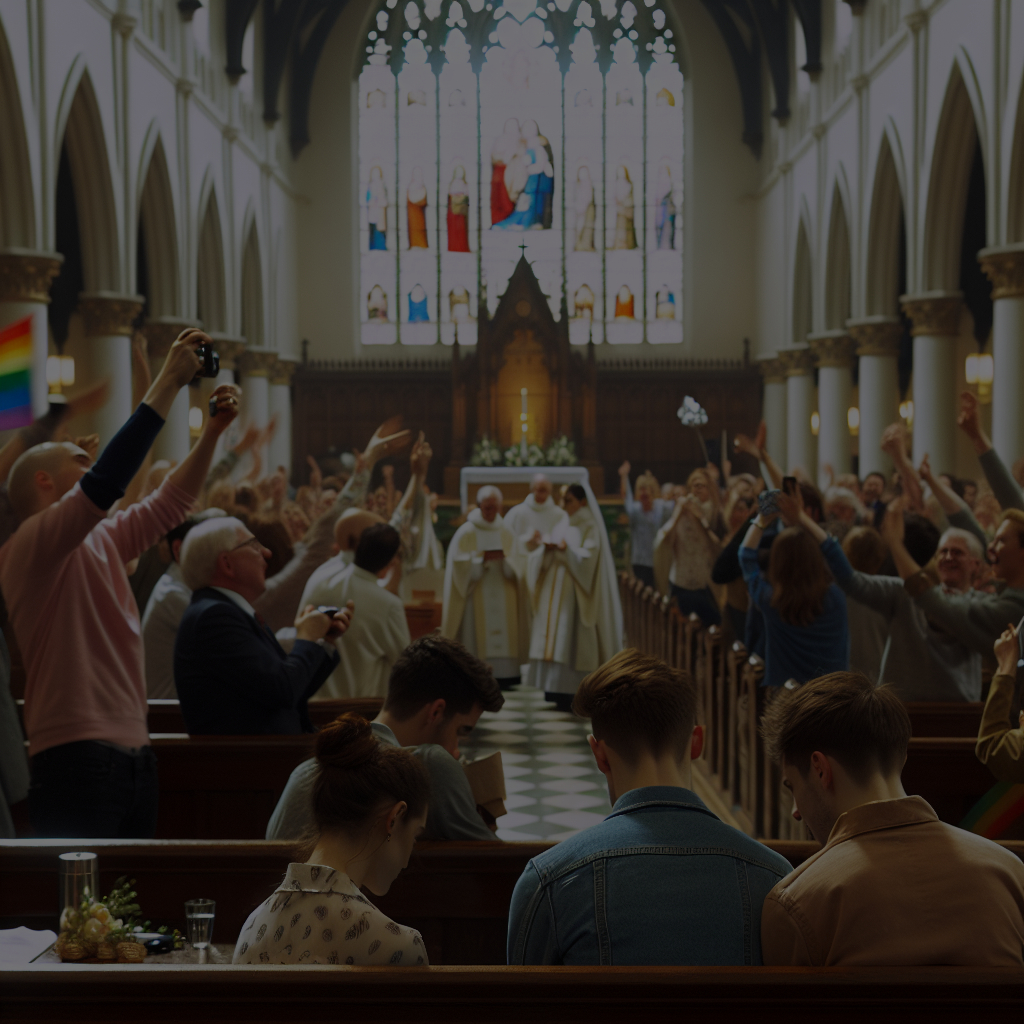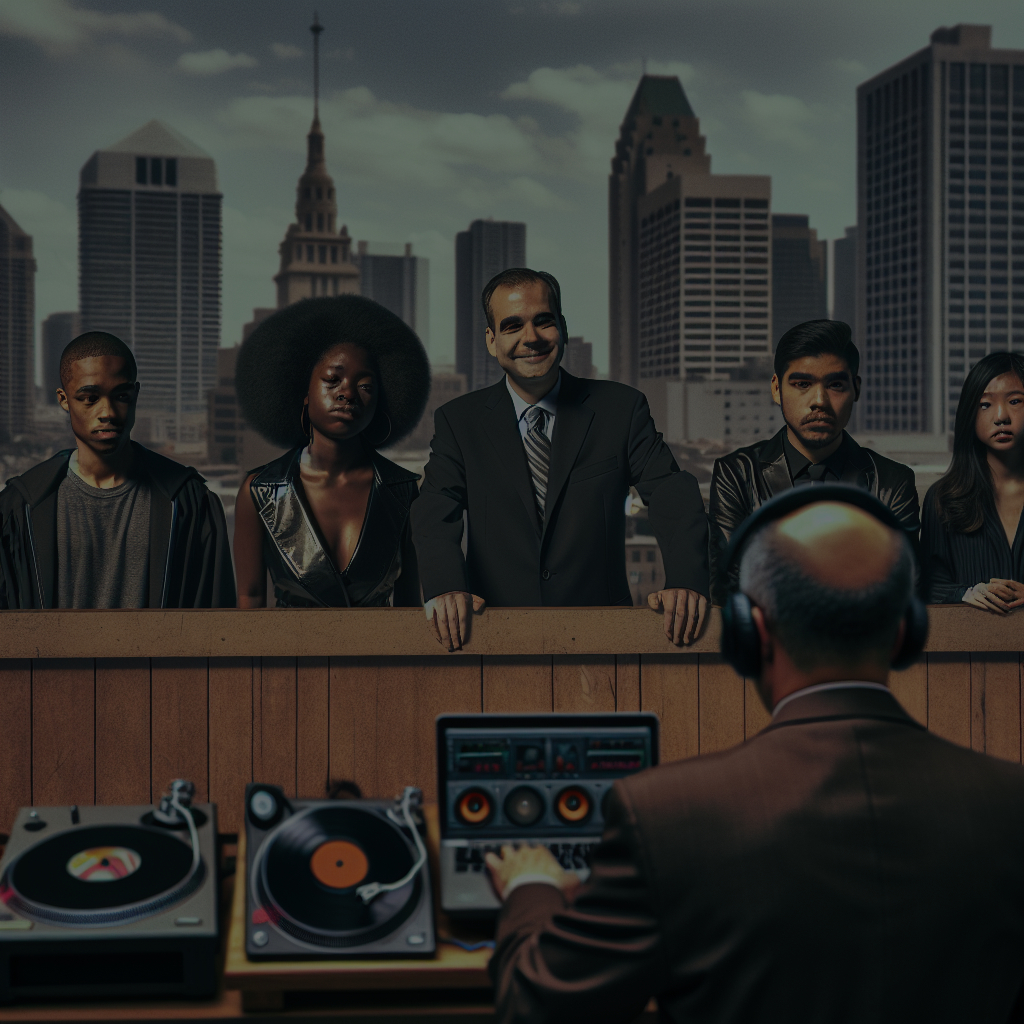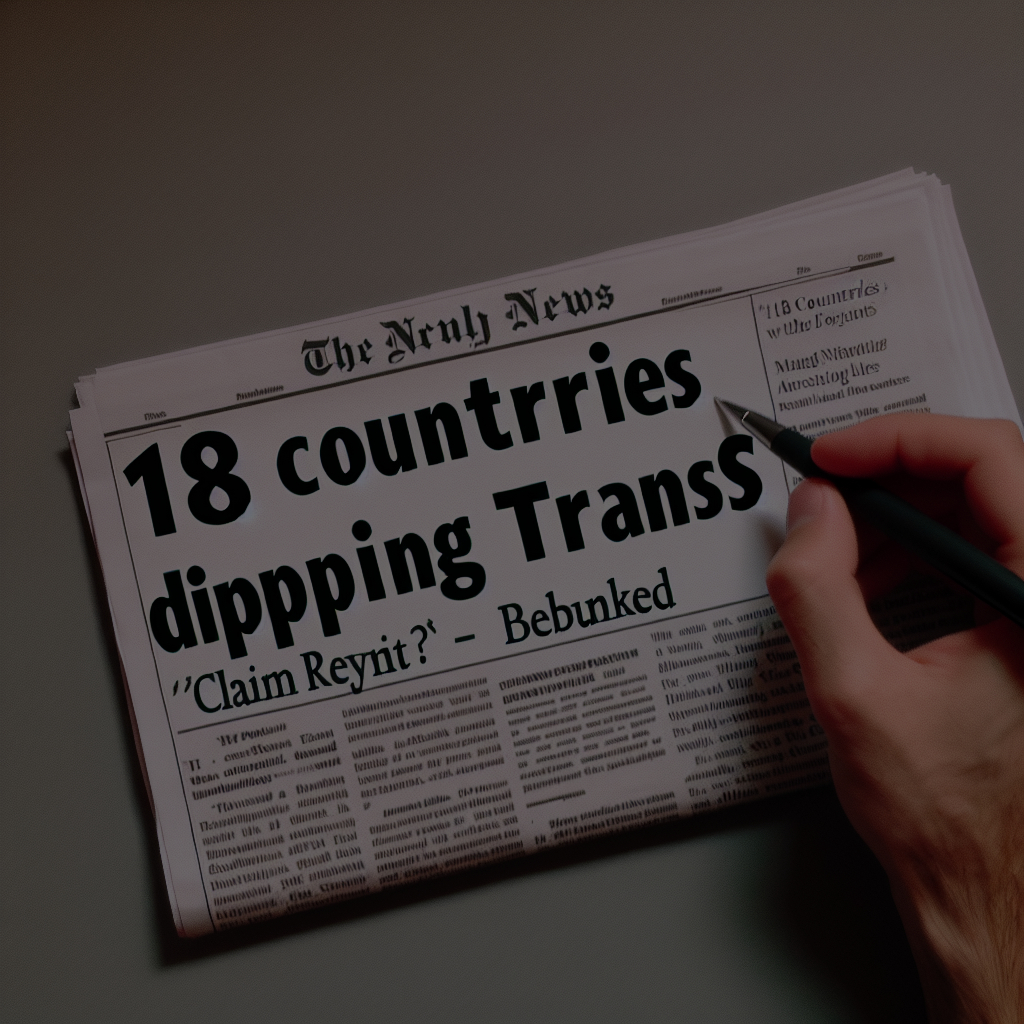Why Pinkwashing Is Harmful to the LGBTQ+ Community
Pinkwashing has become an increasingly prominent issue in conversations surrounding LGBTQIA+ rights. At its core, pinkwashing is a marketing or political tactic where rainbow symbols are used to project an image of inclusivity and progressiveness—without a genuine commitment to LGBTQ+ causes.
Although it may appear positive on the surface by increasing visibility, pinkwashing actually poses serious risks. Behind the rainbow-colored campaigns lies a mechanism that normalizes discrimination, erases real struggles, and ultimately undermines the credibility of LGBTQ+ activism.
What Is Pinkwashing?
Pinkwashing refers to the strategic and opportunistic adoption of LGBTQ+ imagery and language to polish a brand’s or government’s image, boost product sales, or enhance public reputation—without tangible actions to support the community.
- Businesses often roll out rainbow logos during Pride Month, yet remain silent about internal discriminatory practices.
- Some governments showcase symbolic support for LGBTQ+ rights on the global stage, while maintaining oppressive laws or institutional biases at home.
In short, pinkwashing exploits the fight for equality instead of advancing it.
1. Normalizing Discrimination
One of the most dangerous effects of pinkwashing is the way it trivializes inequality.
When a corporation or state puts up a rainbow flag, it can give the illusion that progress is being made. To the public, it may signal that discrimination is no longer an issue—
👉 But this illusion weakens the societal and political pressure needed to secure real change. Instead of highlighting systemic issues like inequity in healthcare, education, employment, or family rights, pinkwashing promotes a polished image where deeper struggles are ignored.
2. Silencing Real Struggles
Pinkwashing often shifts focus away from grassroots movements and urgent human rights issues.
- In many countries, transgender individuals still lack legal recognition of their gender identity.
- Elsewhere, homosexuality remains criminalized. Yet, media attention gravitates toward rainbow-themed advertising campaigns.
👉 As a result, critical demands—such as civil protections, legal protections, and safety from violence—are overlooked.
This erasure is especially damaging because it reduces the LGBTQ+ struggle to a matter of “festive visibility,” when in fact, the conversation must be about fundamental human rights.
3. Undermining the Credibility of LGBTQ+ Movements

Pinkwashing erodes trust in LGBTQIA+ advocacy efforts. When governments or corporations adopt the symbols of queer activism without genuine support, several consequences emerge:
- LGBTQ+ demands may seem co-opted for commercial or diplomatic gain.
- The LGBTQ+ community itself can grow skeptical of public gestures, unsure whether they come from authentic allies or opportunists.
👉 Over time, this ambiguity can weaken the effectiveness of NGOs and activist groups, whose voices risk being drowned out by feel-good marketing.
4. Political Exploitation of the LGBTQ+ Cause
Beyond the private sector, pinkwashing also operates as a political tool. Some governments promote a progressive LGBTQ+ image to distract from other serious human rights abuses.
For instance, a country may host an international Pride parade or fund queer cultural festivals while simultaneously oppressing other minorities or dissenting voices.
👉 In such cases, LGBTQ+ rights are reduced to instruments of soft power with no substantial benefit to the community itself.
How to Challenge the Effects of Pinkwashing
There are practical ways to push back against the harm caused by pinkwashing:
- Demand transparency: Ask for concrete proof of commitment—this includes inclusive workplace policies, public donations to LGBTQ+ organizations, or legislative actions.
- Support local activists: Prioritize brands, NGOs, and institutions that work hand-in-hand with LGBTQ+ communities and grassroots efforts.
- Inform and educate: Emphasize that visibility alone doesn’t equate to real equality; meaningful change comes from structural progress.
Conclusion
While pinkwashing may give the illusion of a more inclusive society, it often masks a dangerous reality for LGBTQ+ people. By minimizing injustices, sidelining key struggles, and eroding the trust placed in advocates, it stalls the progress the community has fought so hard to achieve.
To preserve the rainbow as a true symbol of liberation—not exploitation—it’s vital that individuals, organizations, and the public at large insist on real action over superficial support.







Leave a Reply